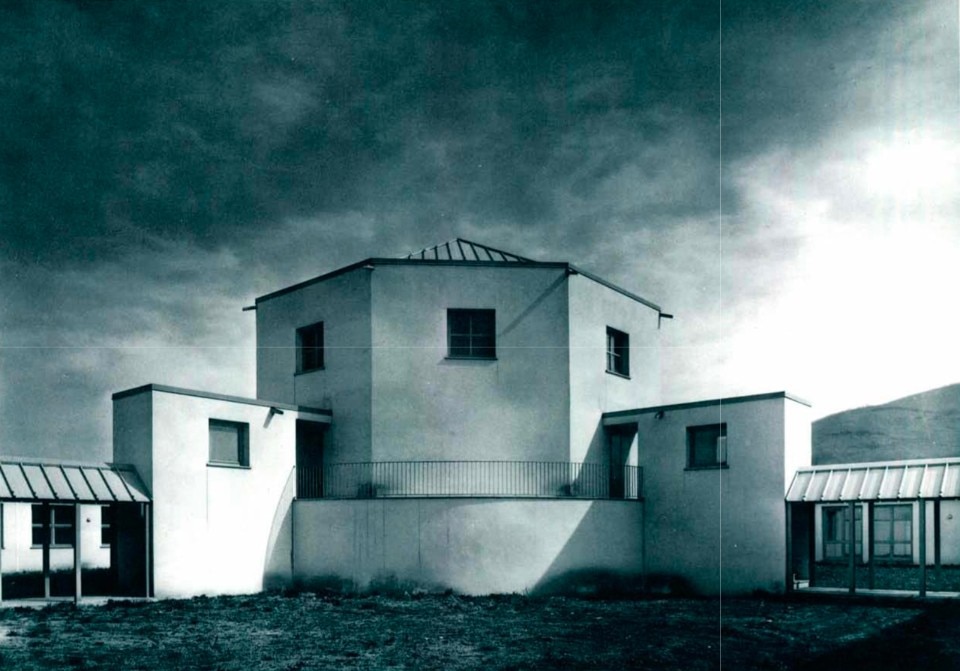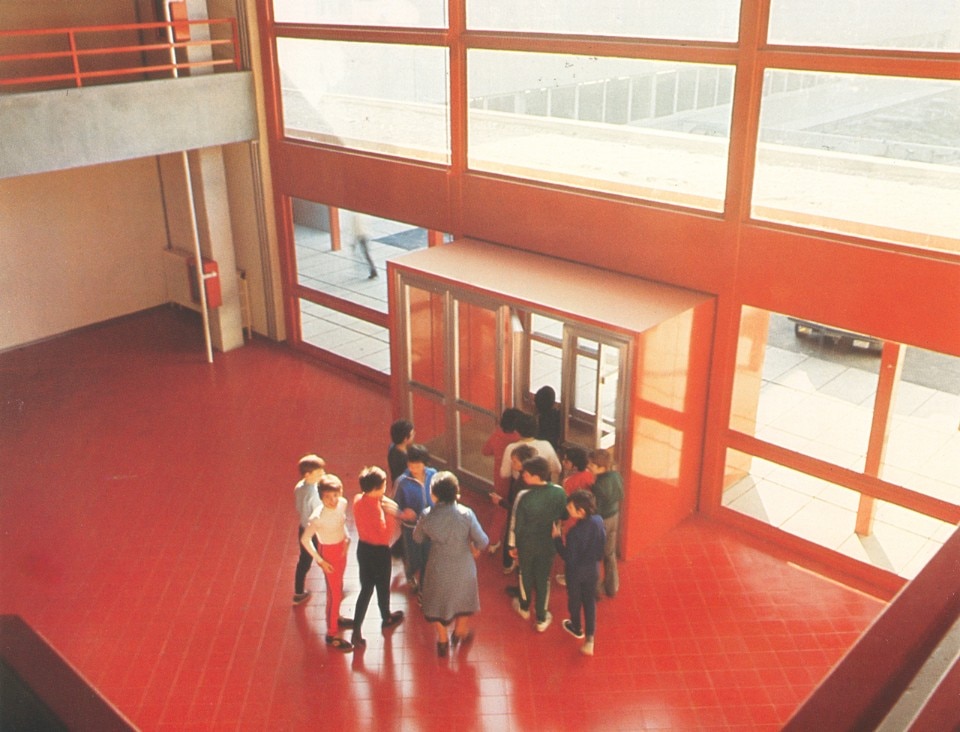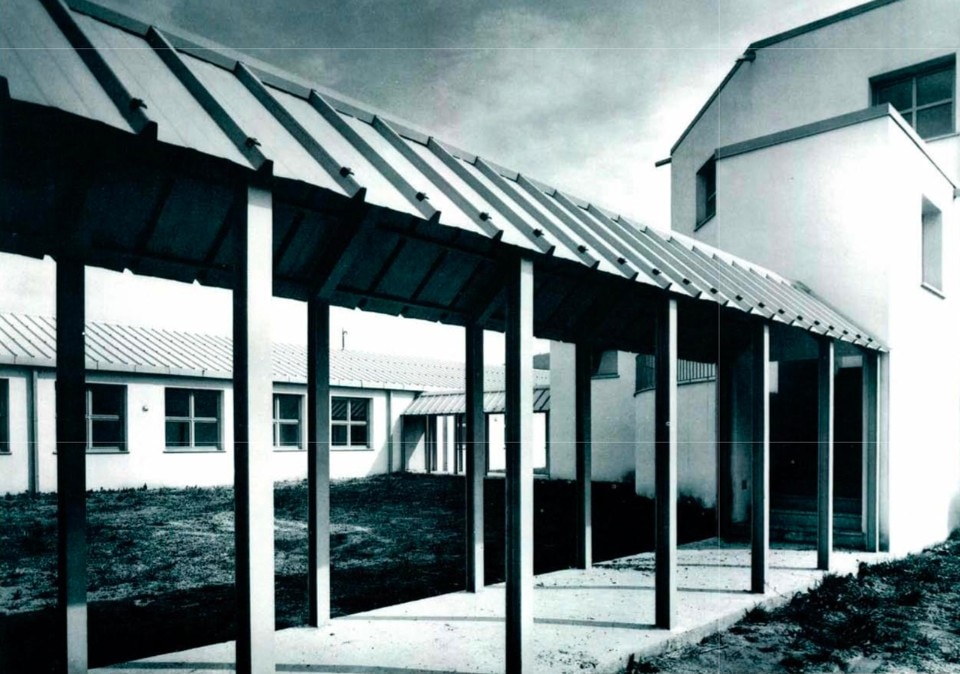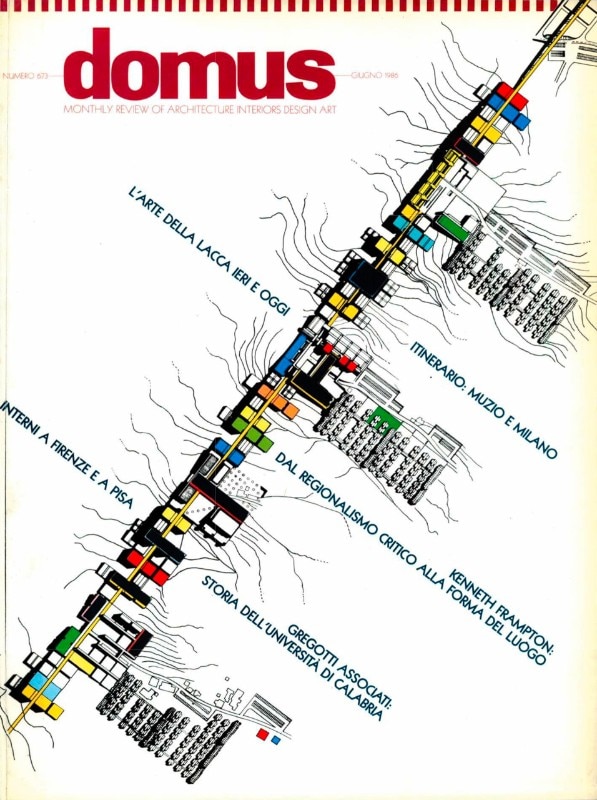In 1966, Vittorio Gregotti’s essay Il territorio dell'architettura, indubitably the most essential of his many writings, revealed new and unexplored horizons to the world of architecture theory and practice. In it, Gregotti not only expands the reference scale, but also architecture's relation with the context and its geography. Following Gregotti’s consideration, Italian architecture of the 1970s was committed to exploring cities outside the walls of the historical centres (walls that were often reduced to ruins, but always preserved as reassuring memories). Animated by civic humanism, the new buildings were comments on swathes of suburban fabric. Until then, the profession with its outdated dogmas had refused to take these areas into consideration.
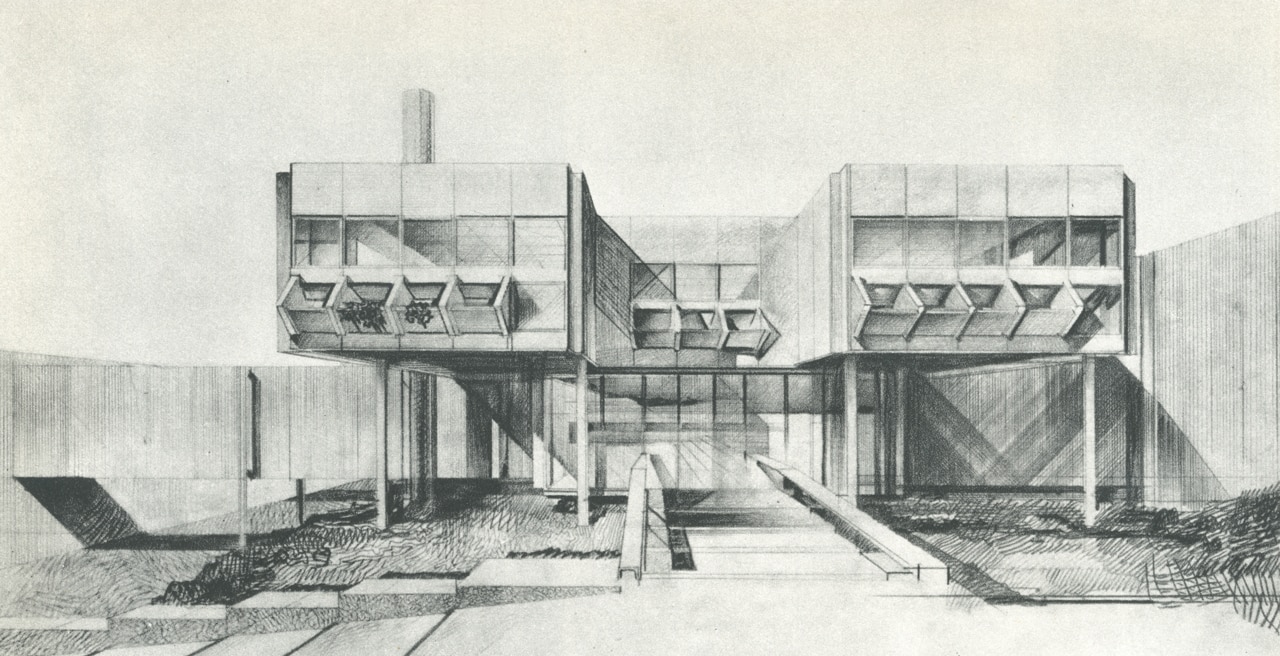
 View gallery
View gallery
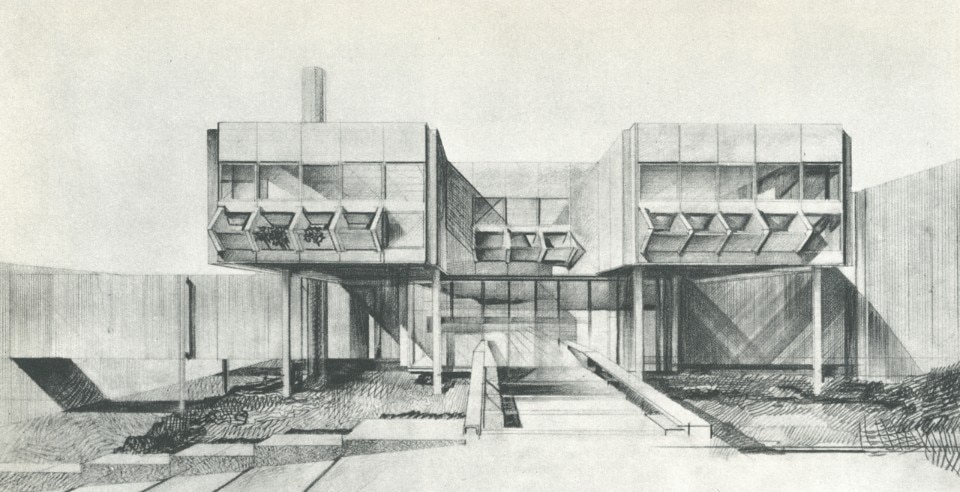
The Feal elementary school in Molfetta, Bari by Maurizio Sacripanti. From Domus issue 486, May 1970
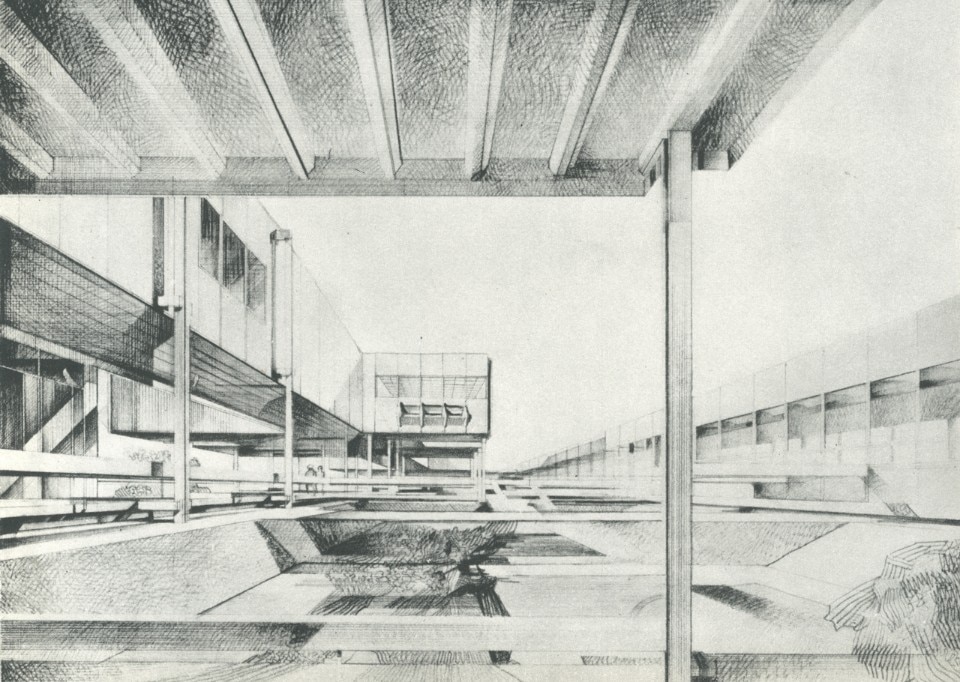
The Feal elementary school in Molfetta, Bari by Maurizio Sacripanti. From Domus issue 486, May 1970
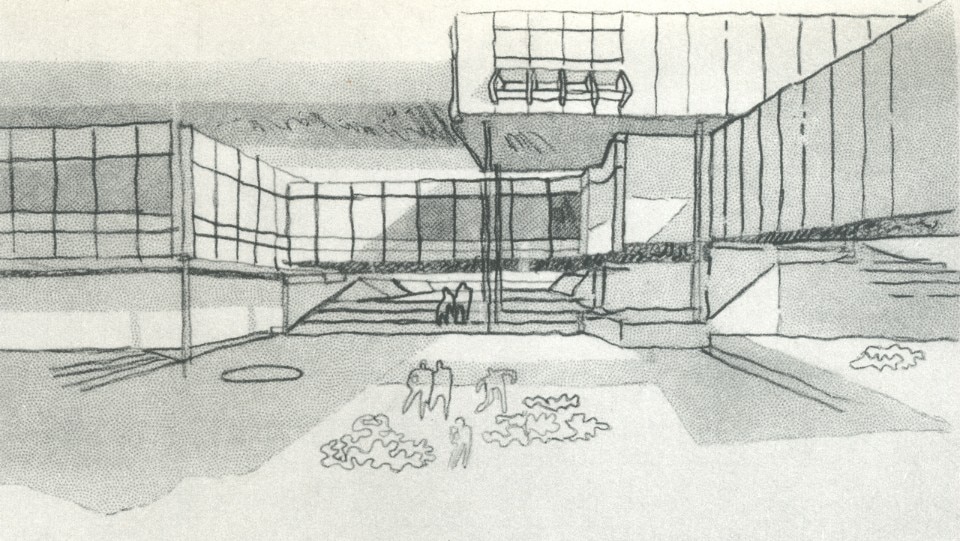
The Feal elementary school in Molfetta, Bari by Maurizio Sacripanti. From Domus issue 486, May 1970
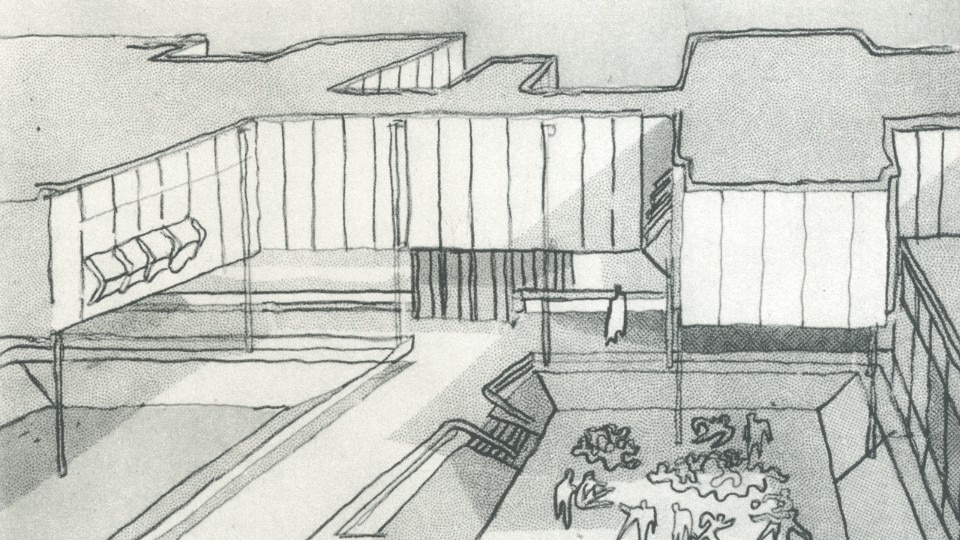
The Feal elementary school in Molfetta, Bari by Maurizio Sacripanti. From Domus issue 486, May 1970
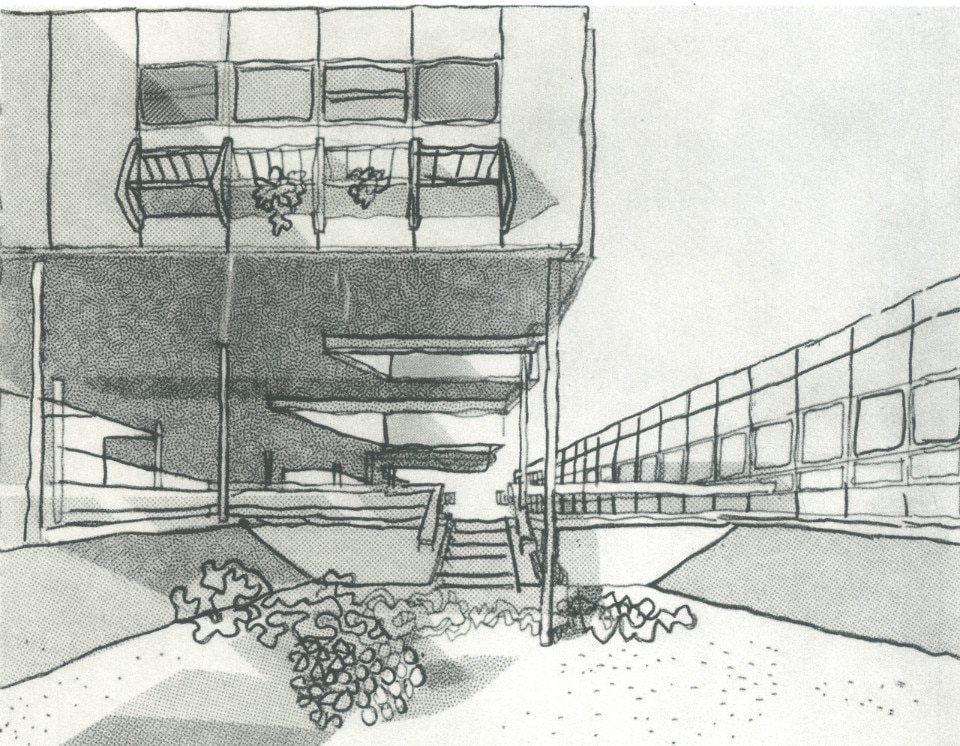
The Feal elementary school in Molfetta, Bari by Maurizio Sacripanti. From Domus issue 486, May 1970
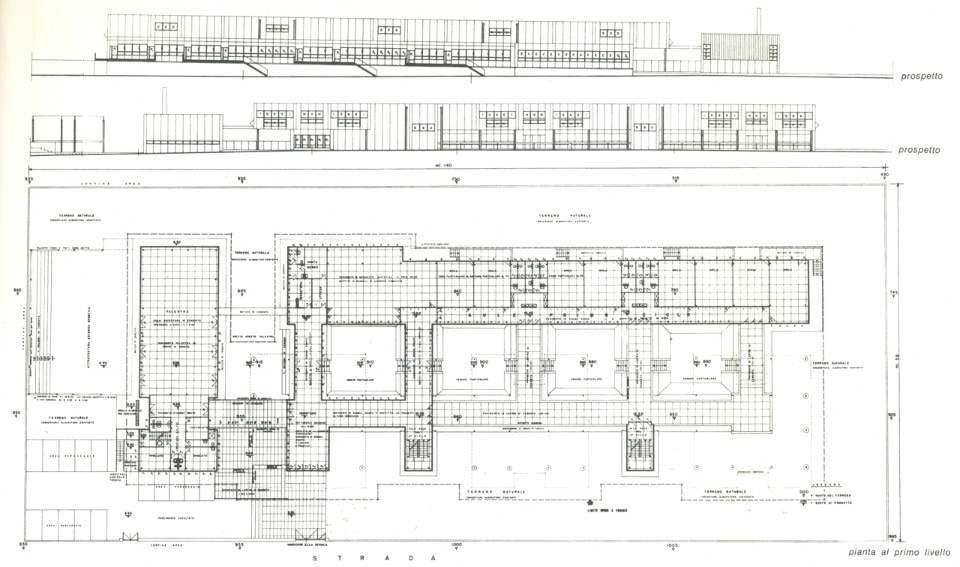
The Feal elementary school in Molfetta, Bari by Maurizio Sacripanti. From Domus issue 486, May 1970
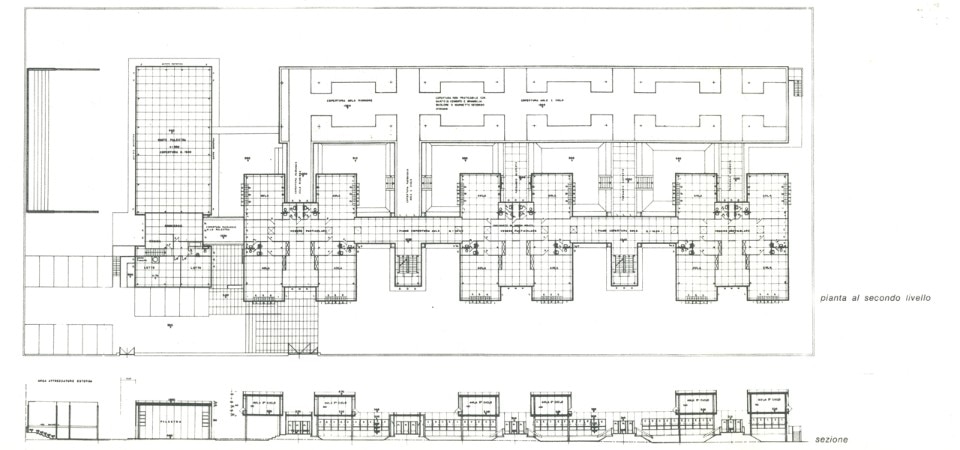
The Feal elementary school in Molfetta, Bari by Maurizio Sacripanti. From Domus issue 486, May 1970
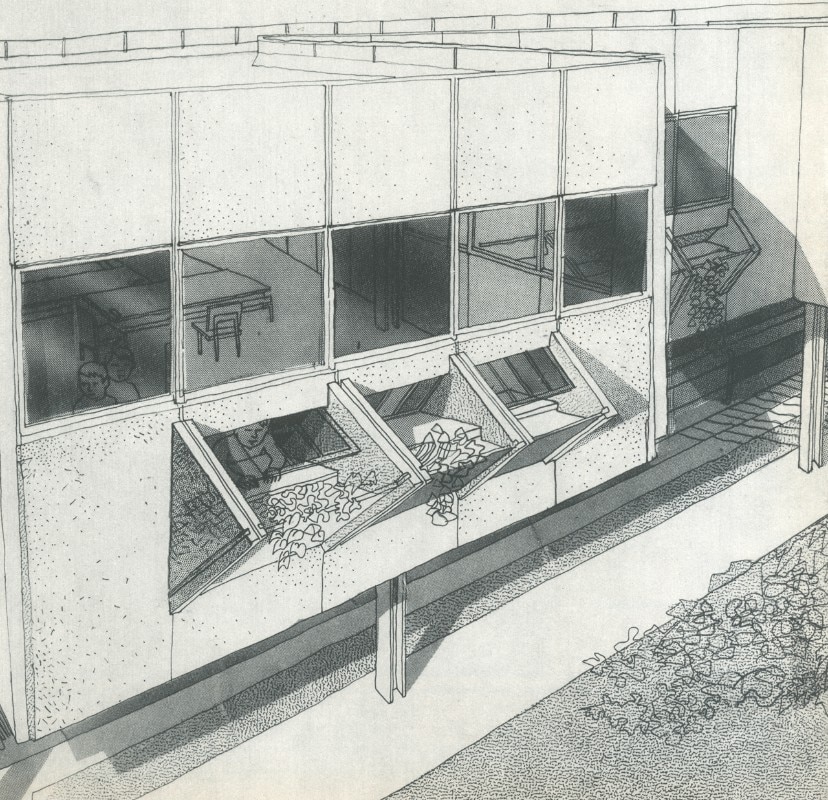
The Feal elementary school in Molfetta, Bari by Maurizio Sacripanti. From Domus issue 486, May 1970
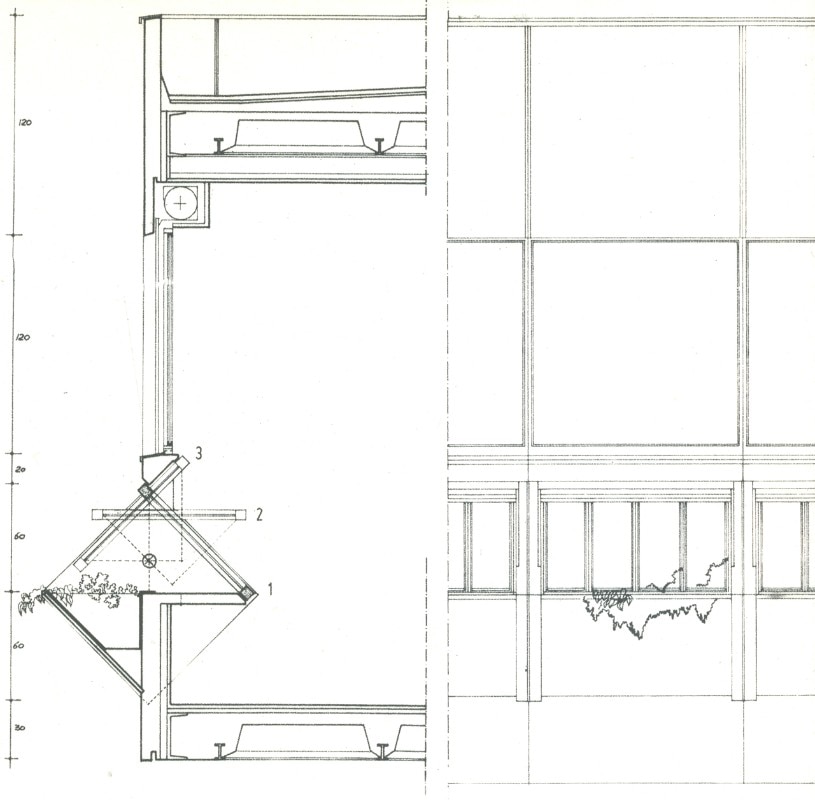
The Feal elementary school in Molfetta, Bari by Maurizio Sacripanti. From Domus issue 486, May 1970

The Feal elementary school in Molfetta, Bari by Maurizio Sacripanti. From Domus issue 486, May 1970

The Feal elementary school in Molfetta, Bari by Maurizio Sacripanti. From Domus issue 486, May 1970

The Feal elementary school in Molfetta, Bari by Maurizio Sacripanti. From Domus issue 486, May 1970

The Feal elementary school in Molfetta, Bari by Maurizio Sacripanti. From Domus issue 486, May 1970

The Feal elementary school in Molfetta, Bari by Maurizio Sacripanti. From Domus issue 486, May 1970

The Feal elementary school in Molfetta, Bari by Maurizio Sacripanti. From Domus issue 486, May 1970

The Feal elementary school in Molfetta, Bari by Maurizio Sacripanti. From Domus issue 486, May 1970

The Feal elementary school in Molfetta, Bari by Maurizio Sacripanti. From Domus issue 486, May 1970

The Feal elementary school in Molfetta, Bari by Maurizio Sacripanti. From Domus issue 486, May 1970
In 1983, by which time it was possible to take stock of the period with its fine intentions but contradictory results, the architecture historian Fulvio Irace described in Domus the conceptual approach of two undisputed protagonists of that era: “While the big fossils scattered by Guido Canella over the irksome belt of hinterland in the Po Valley are cries of passional excitement about the urgency of returning to the tradition of civil architecture, the silent muses by Aldo Rossi speak the algid and restrained language of the subtraction of signs and expressive reticence. A baseline for comparison is the shared aspiration or nostalgia for the magnificence of architecture, which perhaps constitutes a virtual point of convergence for such divergent buildings.” Irace sums up with clarity and articulacy both the specificities and the common cultural background of the two architects for his presentation of Rossi’s design for a middle school in Broni, Lombardy published in Domus issue 639.
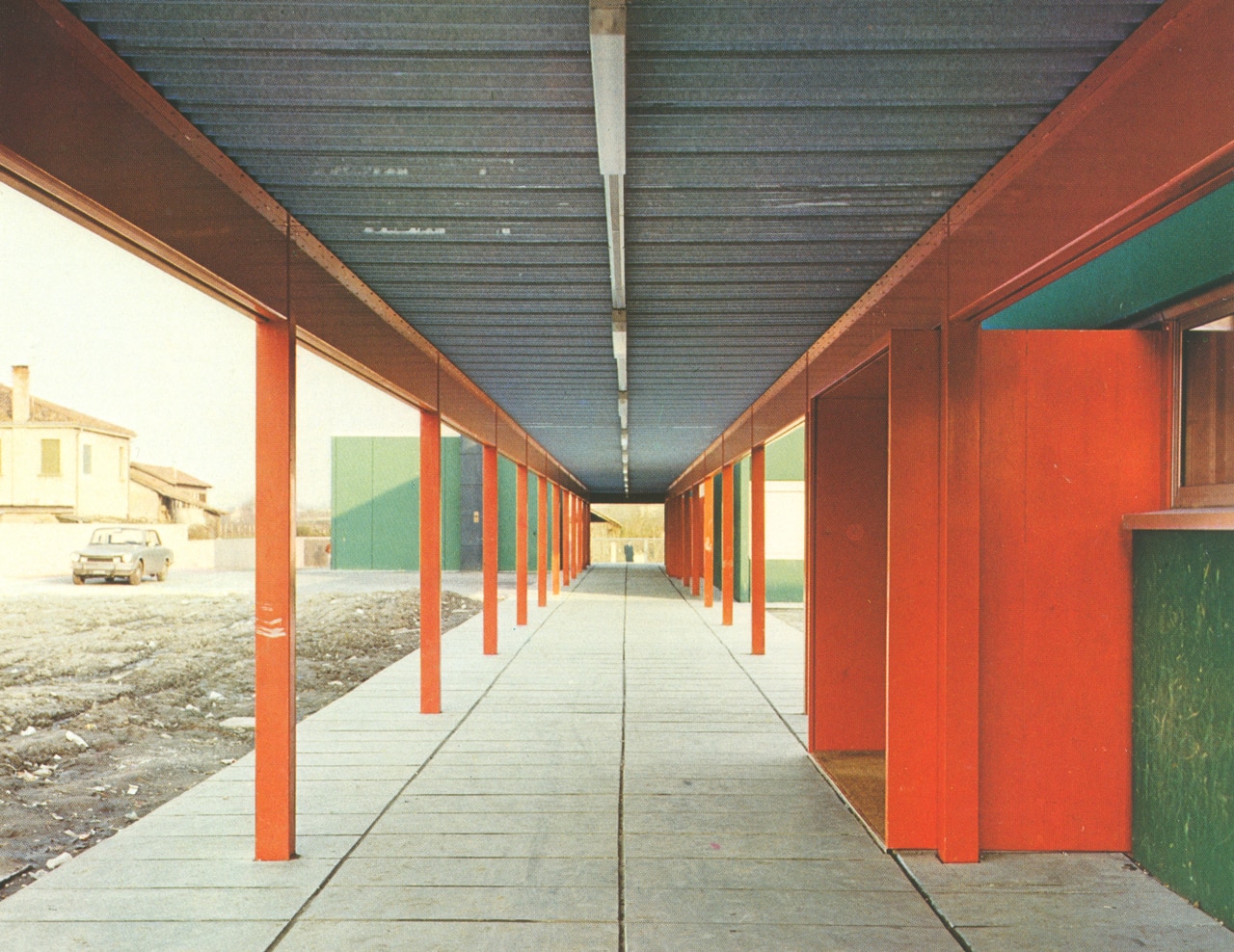
 View gallery
View gallery

Middles schools in Chirignano and Bissuola, Venice by Gino Valle, 1976. From Domus issue 571, June 1977

Middles schools in Chirignano and Bissuola, Venice by Gino Valle, 1976. From Domus issue 571, June 1977
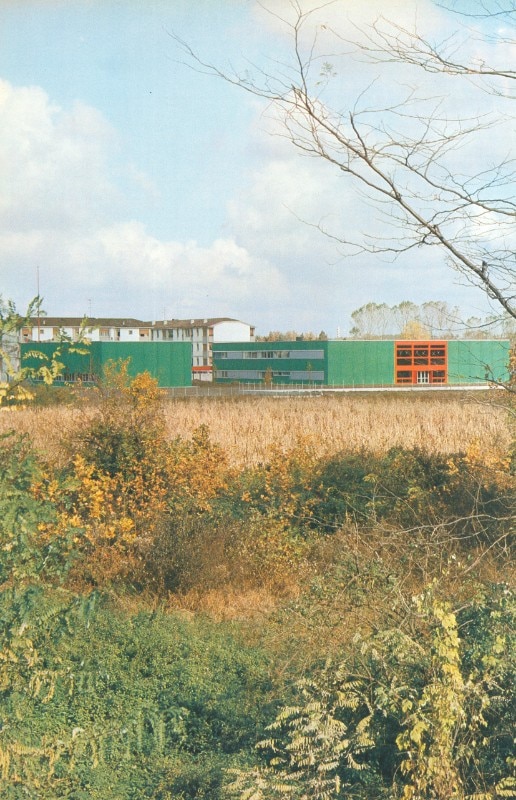
Middles schools in Chirignano and Bissuola, Venice by Gino Valle, 1976. From Domus issue 571, June 1977
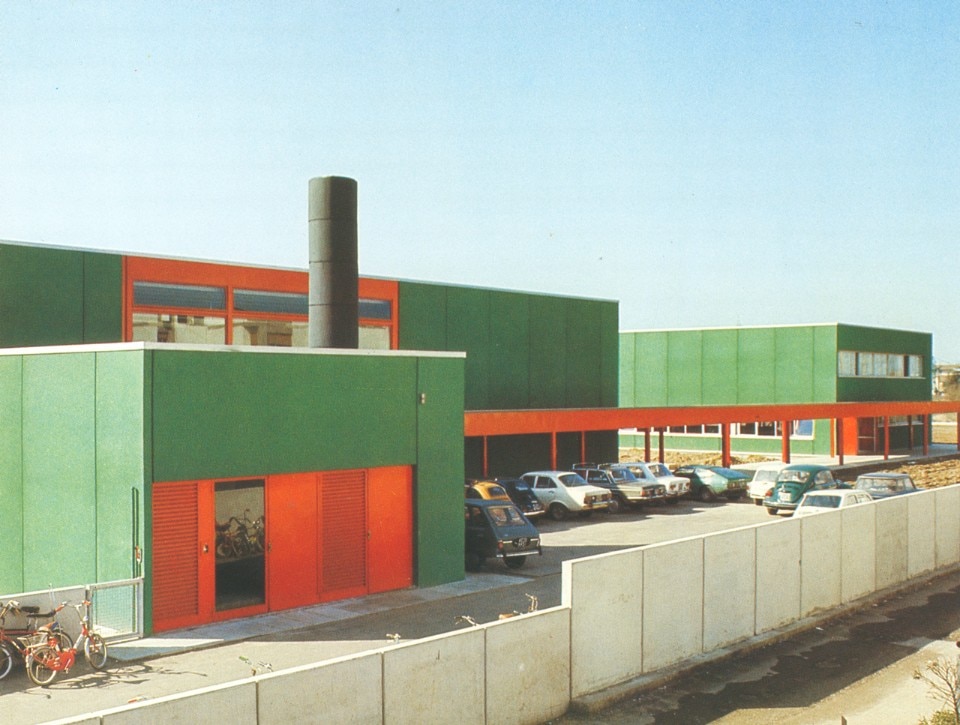
Middles schools in Chirignano and Bissuola, Venice by Gino Valle, 1976. From Domus issue 571, June 1977
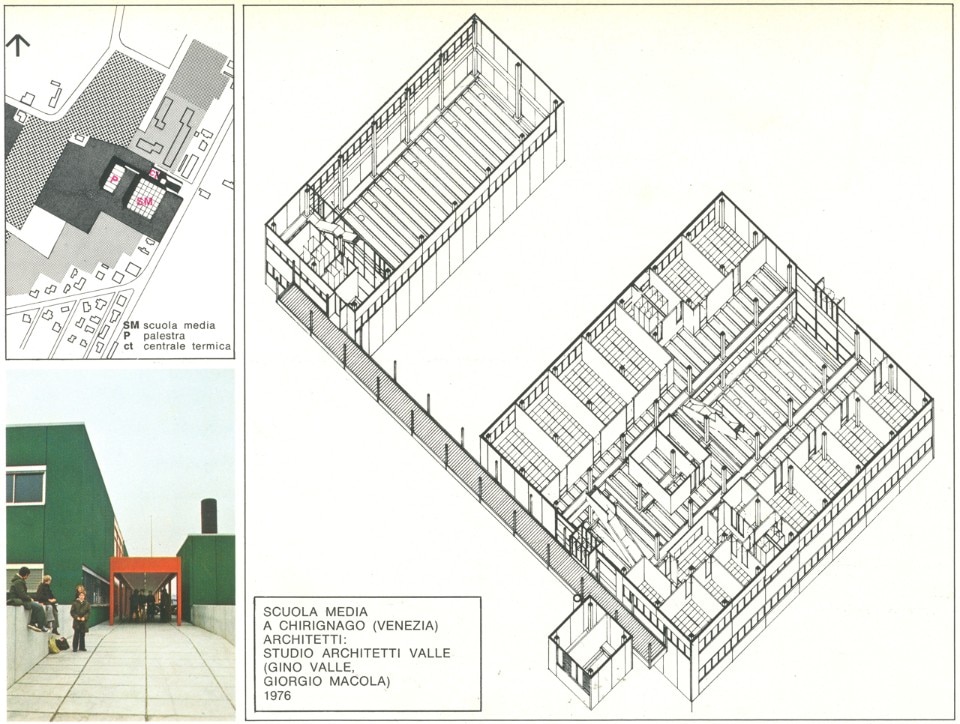
Middles schools in Chirignano and Bissuola, Venice by Gino Valle, 1976. From Domus issue 571, June 1977
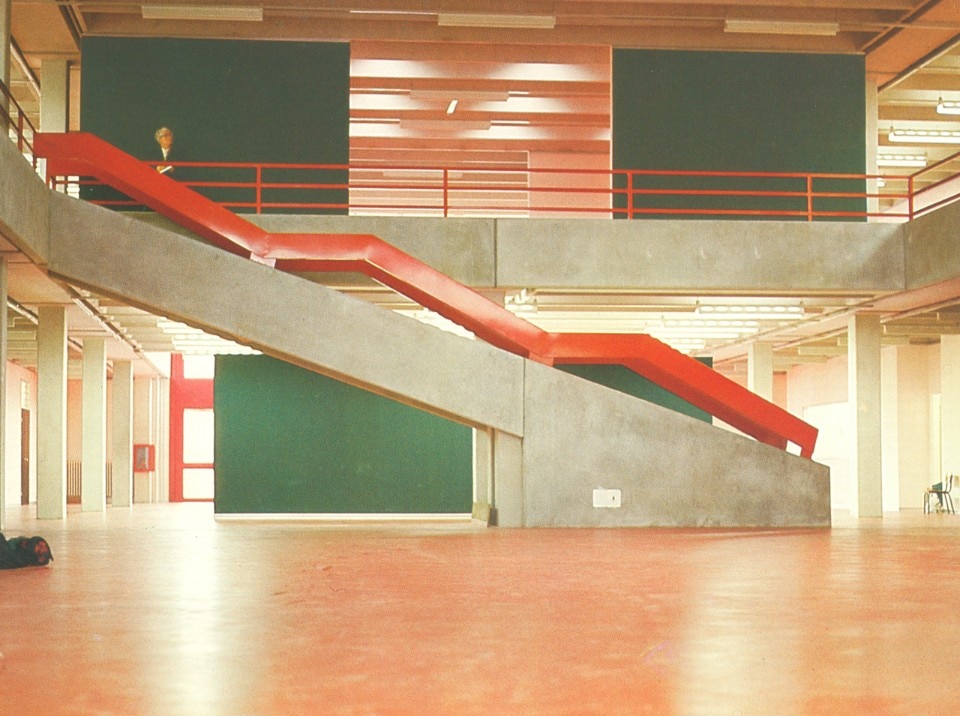
Middles schools in Chirignano and Bissuola, Venice by Gino Valle, 1976. From Domus issue 571, June 1977

Middles schools in Chirignano and Bissuola, Venice by Gino Valle, 1976. From Domus issue 571, June 1977
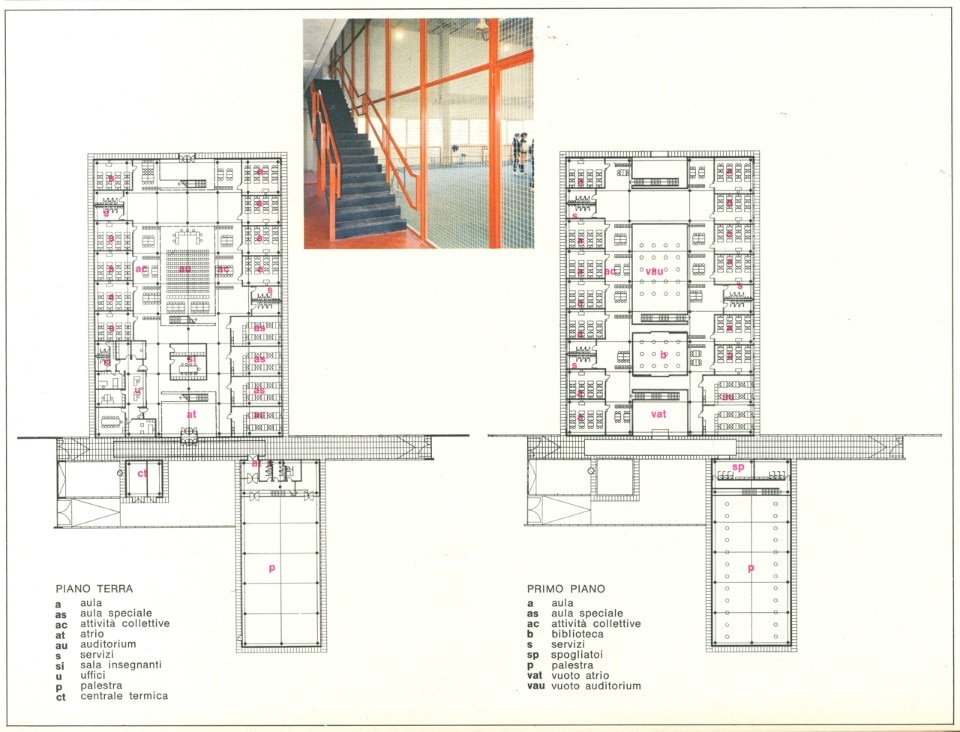
Middles schools in Chirignano and Bissuola, Venice by Gino Valle, 1976. From Domus issue 571, June 1977
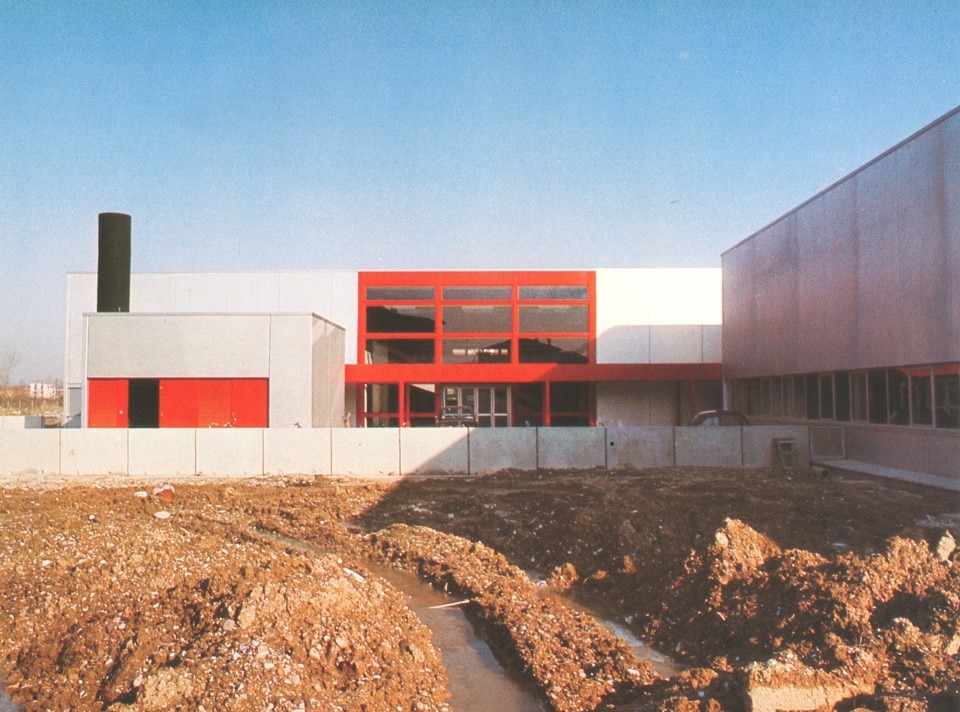
Middles schools in Chirignano and Bissuola, Venice by Gino Valle, 1976. From Domus issue 571, June 1977
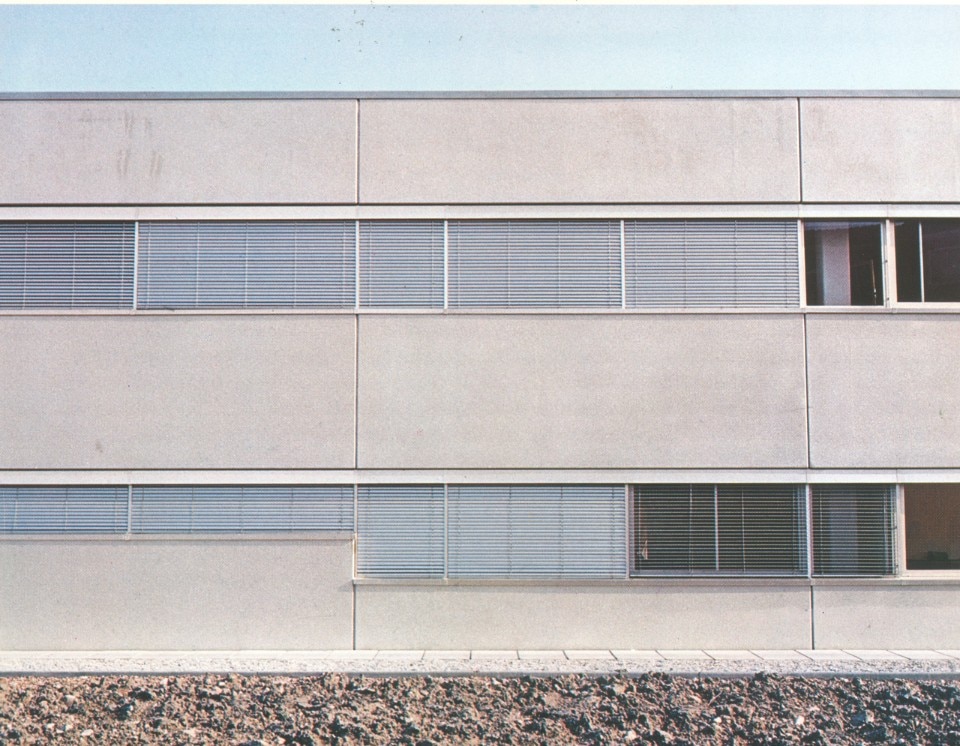
Middles schools in Chirignano and Bissuola, Venice by Gino Valle, 1976. From Domus issue 571, June 1977
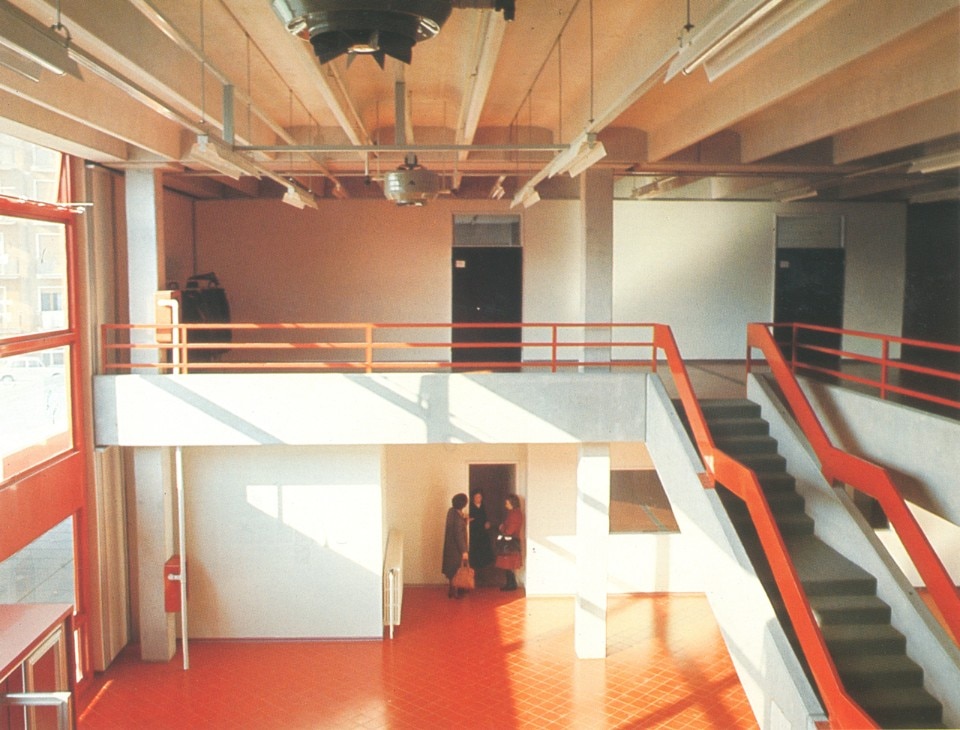
Middles schools in Chirignano and Bissuola, Venice by Gino Valle, 1976. From Domus issue 571, June 1977

Middles schools in Chirignano and Bissuola, Venice by Gino Valle, 1976. From Domus issue 571, June 1977

Middles schools in Chirignano and Bissuola, Venice by Gino Valle, 1976. From Domus issue 571, June 1977

Middles schools in Chirignano and Bissuola, Venice by Gino Valle, 1976. From Domus issue 571, June 1977

Middles schools in Chirignano and Bissuola, Venice by Gino Valle, 1976. From Domus issue 571, June 1977

Middles schools in Chirignano and Bissuola, Venice by Gino Valle, 1976. From Domus issue 571, June 1977

Middles schools in Chirignano and Bissuola, Venice by Gino Valle, 1976. From Domus issue 571, June 1977

Middles schools in Chirignano and Bissuola, Venice by Gino Valle, 1976. From Domus issue 571, June 1977

Middles schools in Chirignano and Bissuola, Venice by Gino Valle, 1976. From Domus issue 571, June 1977

Middles schools in Chirignano and Bissuola, Venice by Gino Valle, 1976. From Domus issue 571, June 1977

Middles schools in Chirignano and Bissuola, Venice by Gino Valle, 1976. From Domus issue 571, June 1977

Middles schools in Chirignano and Bissuola, Venice by Gino Valle, 1976. From Domus issue 571, June 1977
In the 1970s, many schools of all types, from kindergartens to universities, were in the intentions of their architects imbued with cultural and social values that abundantly transcended the statistic need to provide new neighbourhoods with infrastructure and services as indicated by the tools of urban planning. Schools were considered a fundamental starting block by which to define spatial coherence and stimulate a sense of community sorely needed by places that had none. This consideration was the continuation of a few fortunate Italian cases where school buildings had received fresh attention for quality educational environments. The best example is the convincing reinvention of Urbino as a university city, executed by an enlightened civic administration and the architect Giancarlo De Carlo. International examples were looked to, such as the schools in Holland by Herman Hertzberger.
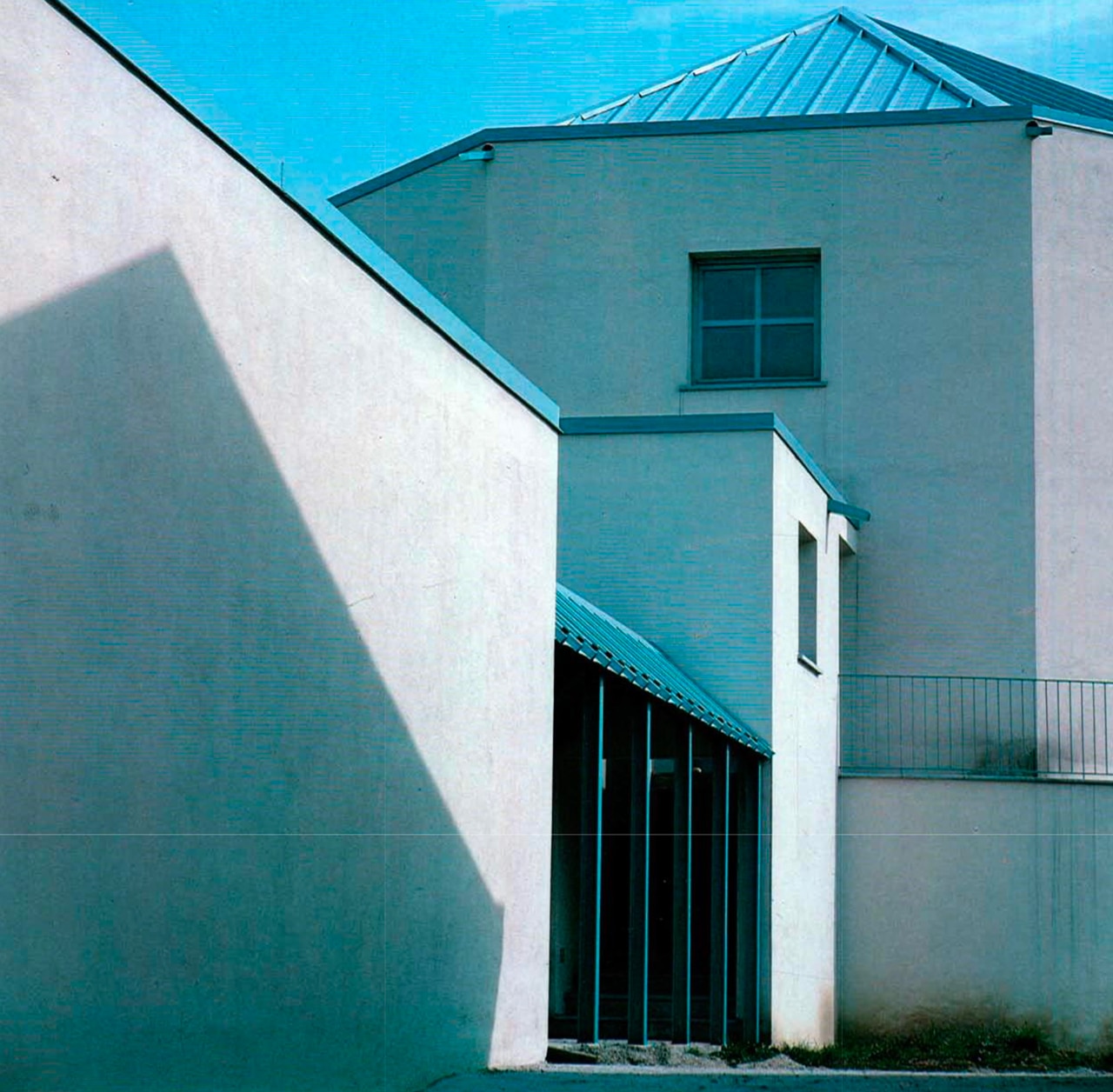
 View gallery
View gallery
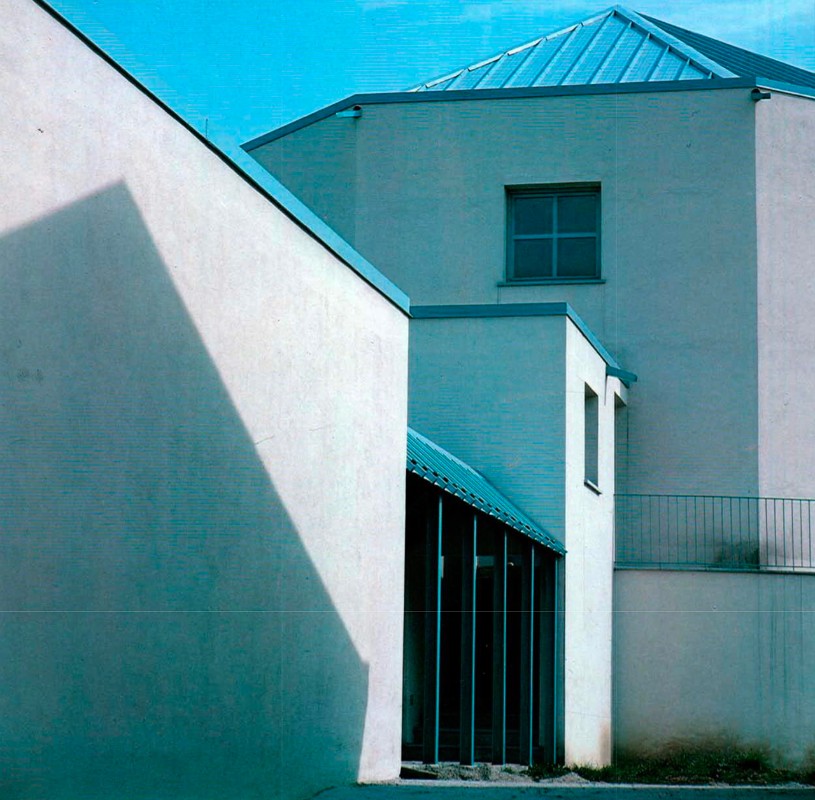
Middle school in Broni, Lombardy by Aldo Rossi with Gianni Braghieri, 1979-1982. From Domus issue 639, May 1983
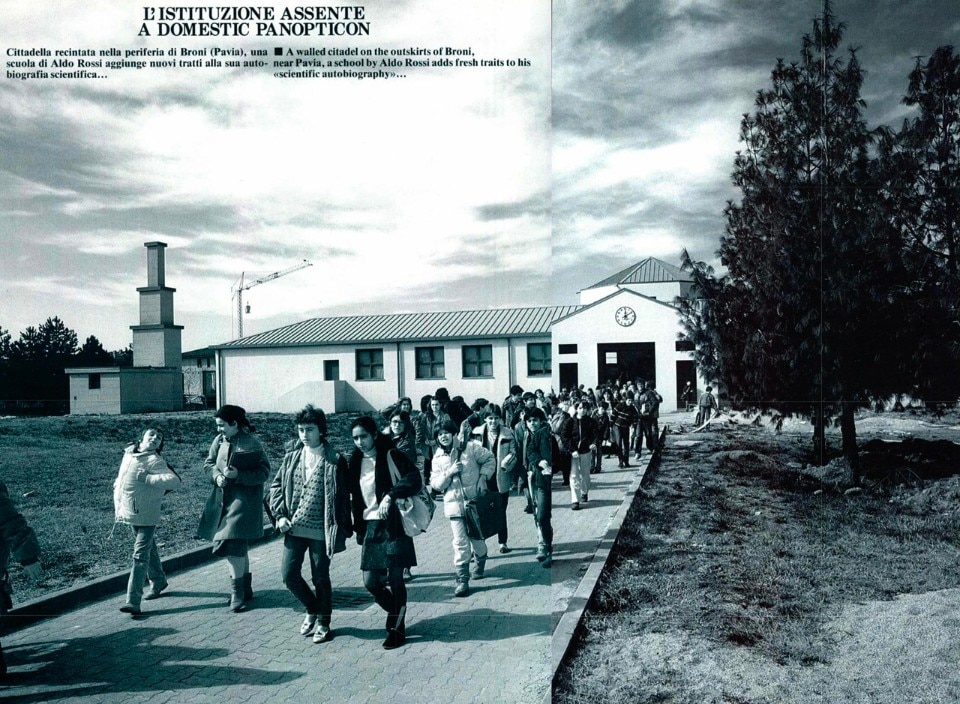
Middle school in Broni, Lombardy by Aldo Rossi with Gianni Braghieri, 1979-1982. From Domus issue 639, May 1983
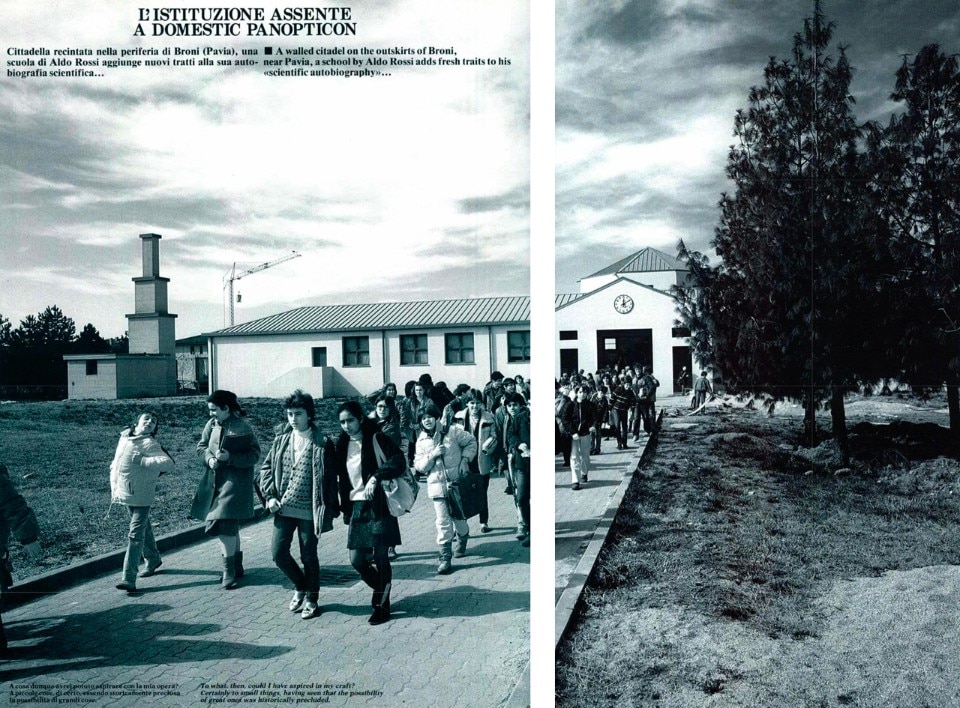
Middle school in Broni, Lombardy by Aldo Rossi with Gianni Braghieri, 1979-1982. From Domus issue 639, May 1983
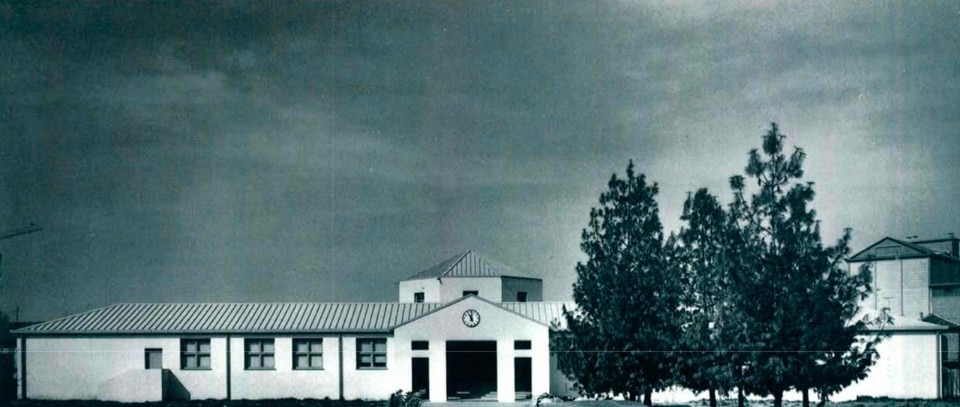
Middle school in Broni, Lombardy by Aldo Rossi with Gianni Braghieri, 1979-1982. From Domus issue 639, May 1983
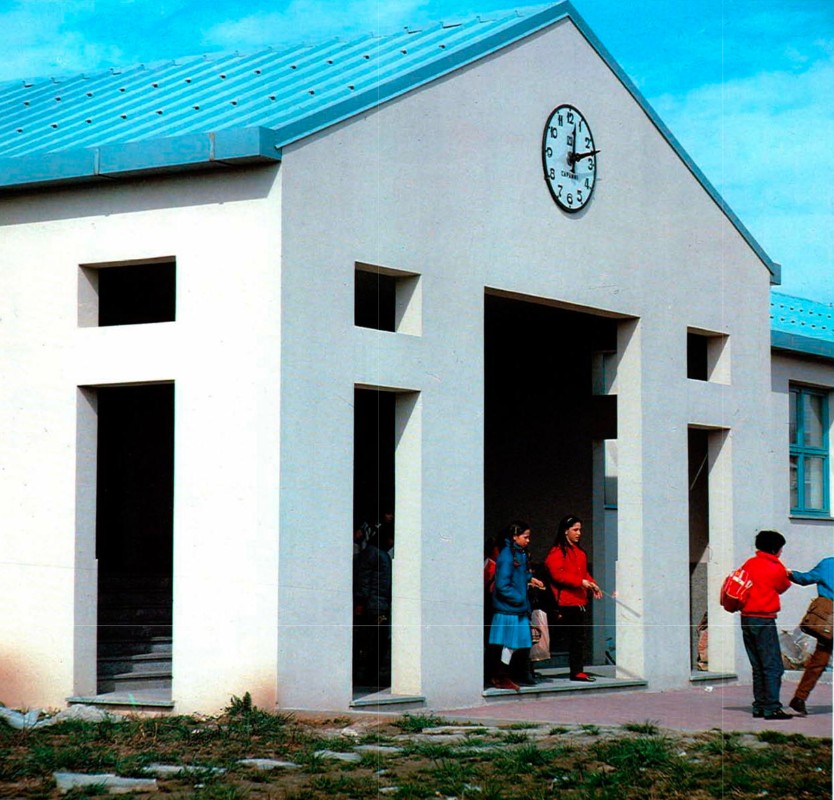
Middle school in Broni, Lombardy by Aldo Rossi with Gianni Braghieri, 1979-1982. From Domus issue 639, May 1983
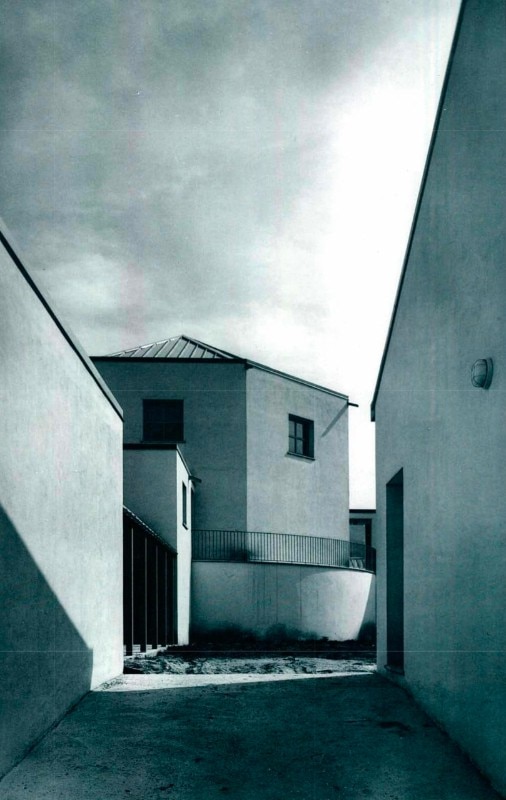
Middle school in Broni, Lombardy by Aldo Rossi with Gianni Braghieri, 1979-1982. From Domus issue 639, May 1983
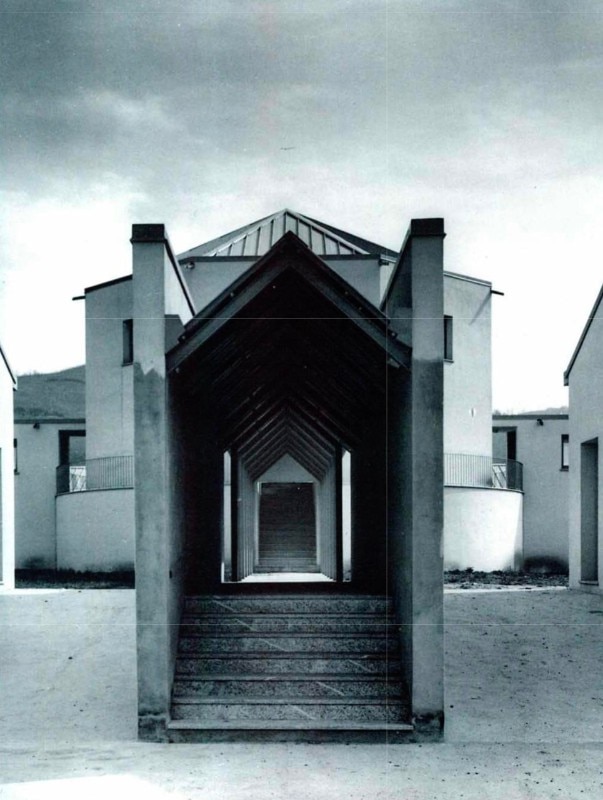
Middle school in Broni, Lombardy by Aldo Rossi with Gianni Braghieri, 1979-1982. From Domus issue 639, May 1983
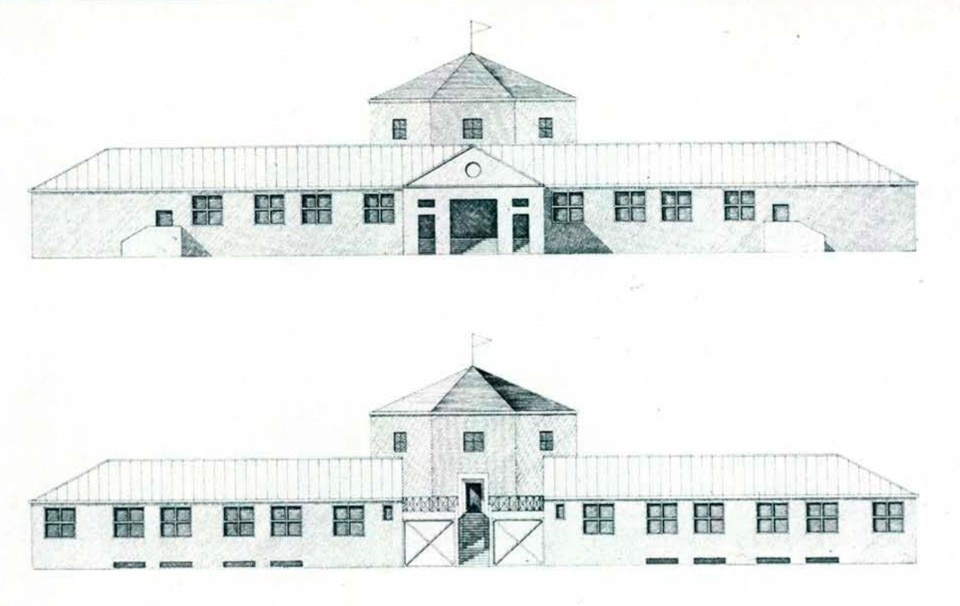
Middle school in Broni, Lombardy by Aldo Rossi with Gianni Braghieri, 1979-1982. From Domus issue 639, May 1983

Middle school in Broni, Lombardy by Aldo Rossi with Gianni Braghieri, 1979-1982. From Domus issue 639, May 1983
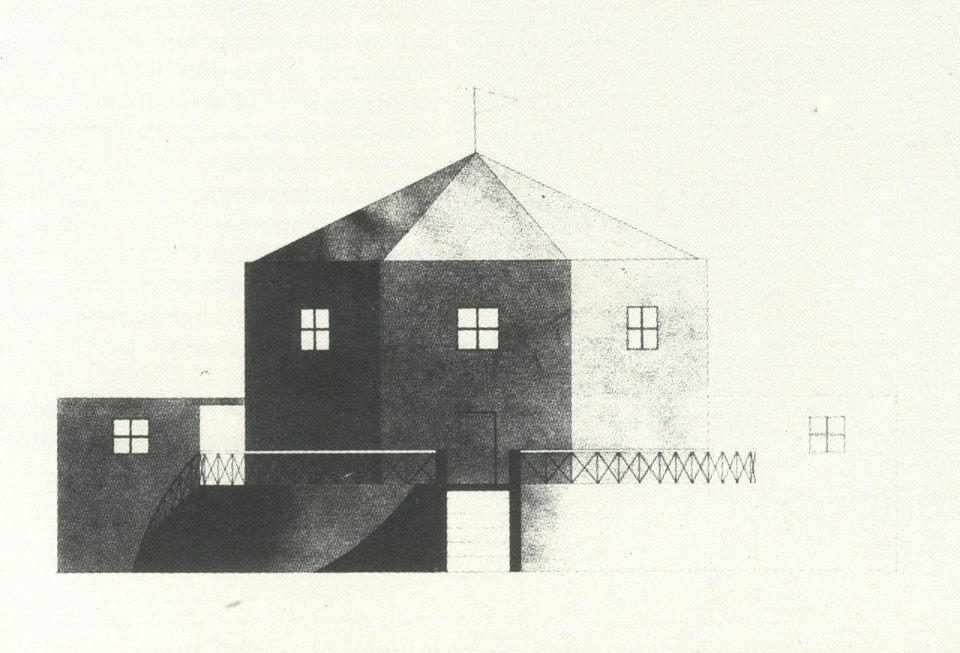
Middle school in Broni, Lombardy by Aldo Rossi with Gianni Braghieri, 1979-1982. From Domus issue 639, May 1983
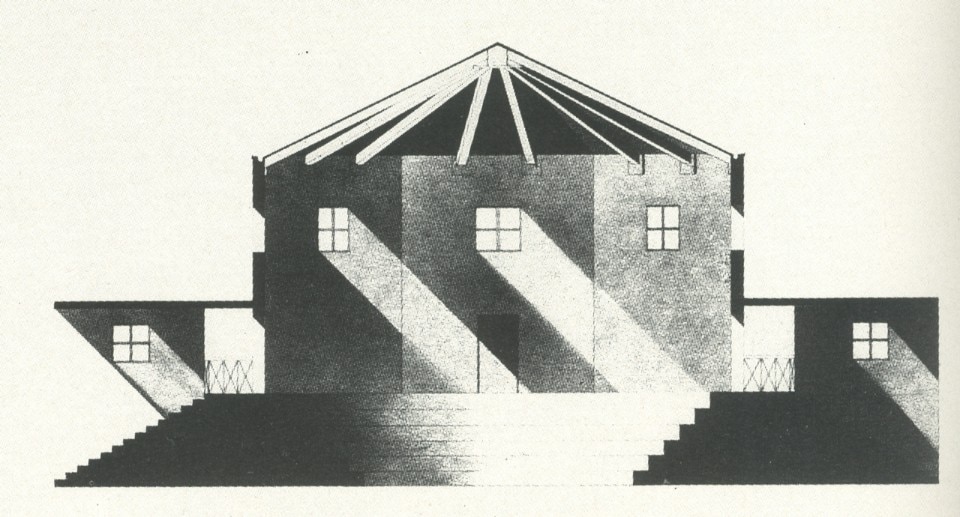
Middle school in Broni, Lombardy by Aldo Rossi with Gianni Braghieri, 1979-1982. From Domus issue 639, May 1983
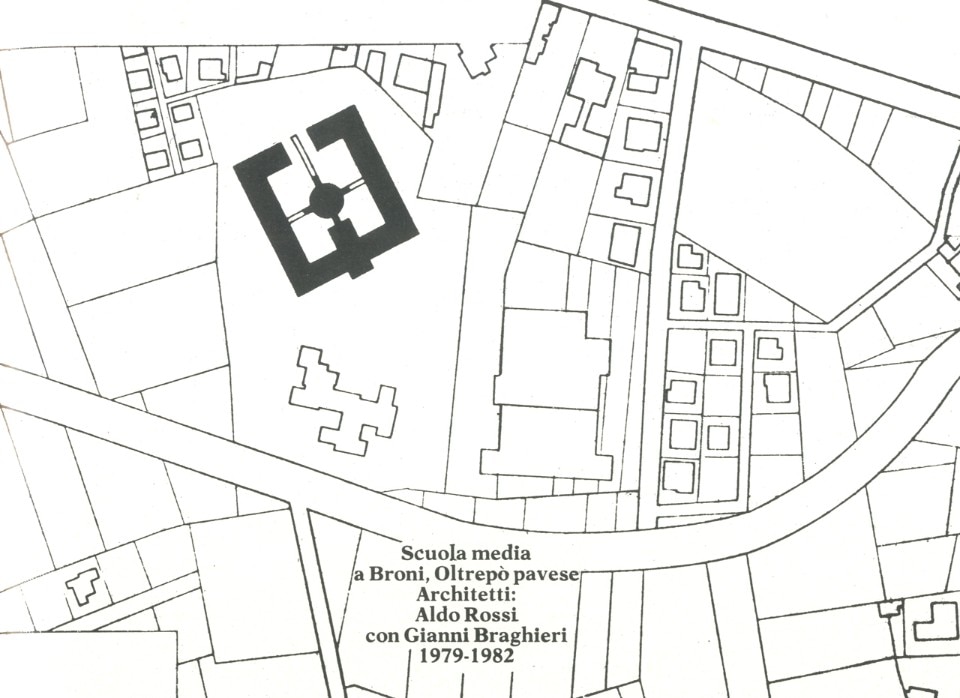
Middle school in Broni, Lombardy by Aldo Rossi with Gianni Braghieri, 1979-1982. From Domus issue 639, May 1983
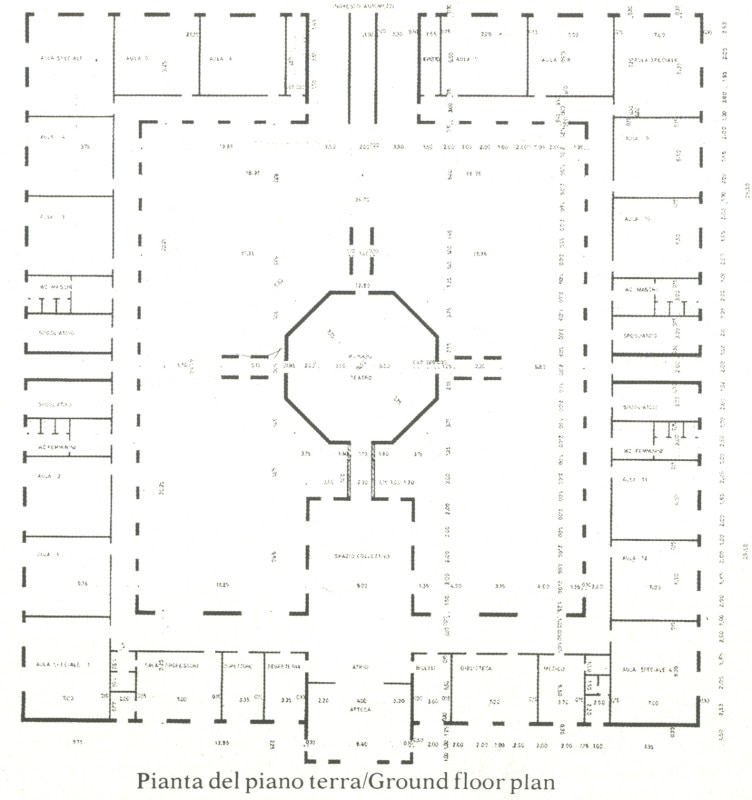
Middle school in Broni, Lombardy by Aldo Rossi with Gianni Braghieri, 1979-1982. From Domus issue 639, May 1983
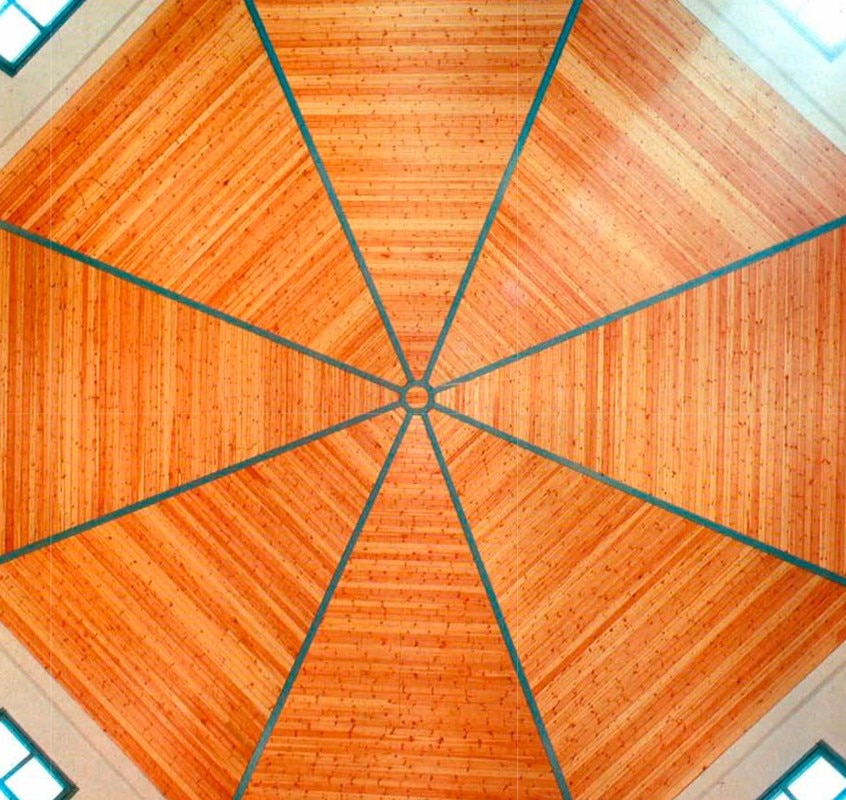
Middle school in Broni, Lombardy by Aldo Rossi with Gianni Braghieri, 1979-1982. From Domus issue 639, May 1983
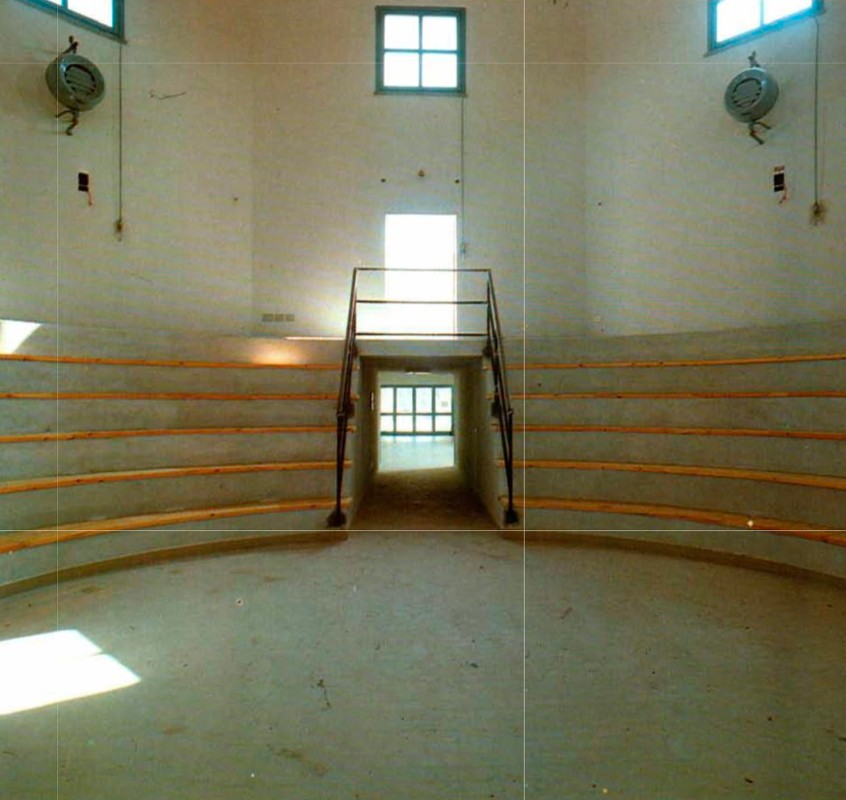
Middle school in Broni, Lombardy by Aldo Rossi with Gianni Braghieri, 1979-1982. From Domus issue 639, May 1983

Middle school in Broni, Lombardy by Aldo Rossi with Gianni Braghieri, 1979-1982. From Domus issue 639, May 1983

Middle school in Broni, Lombardy by Aldo Rossi with Gianni Braghieri, 1979-1982. From Domus issue 639, May 1983

Middle school in Broni, Lombardy by Aldo Rossi with Gianni Braghieri, 1979-1982. From Domus issue 639, May 1983

Middle school in Broni, Lombardy by Aldo Rossi with Gianni Braghieri, 1979-1982. From Domus issue 639, May 1983

Middle school in Broni, Lombardy by Aldo Rossi with Gianni Braghieri, 1979-1982. From Domus issue 639, May 1983

Middle school in Broni, Lombardy by Aldo Rossi with Gianni Braghieri, 1979-1982. From Domus issue 639, May 1983

Middle school in Broni, Lombardy by Aldo Rossi with Gianni Braghieri, 1979-1982. From Domus issue 639, May 1983

Middle school in Broni, Lombardy by Aldo Rossi with Gianni Braghieri, 1979-1982. From Domus issue 639, May 1983

Middle school in Broni, Lombardy by Aldo Rossi with Gianni Braghieri, 1979-1982. From Domus issue 639, May 1983

Middle school in Broni, Lombardy by Aldo Rossi with Gianni Braghieri, 1979-1982. From Domus issue 639, May 1983

Middle school in Broni, Lombardy by Aldo Rossi with Gianni Braghieri, 1979-1982. From Domus issue 639, May 1983

Middle school in Broni, Lombardy by Aldo Rossi with Gianni Braghieri, 1979-1982. From Domus issue 639, May 1983

Middle school in Broni, Lombardy by Aldo Rossi with Gianni Braghieri, 1979-1982. From Domus issue 639, May 1983

Middle school in Broni, Lombardy by Aldo Rossi with Gianni Braghieri, 1979-1982. From Domus issue 639, May 1983

Middle school in Broni, Lombardy by Aldo Rossi with Gianni Braghieri, 1979-1982. From Domus issue 639, May 1983
Schools were conceived to have an influence on the surrounding context well beyond their assigned lot. They were to catalyse the energy found in urban centres, the periphery and the back country. Vittorio Gregotti devised one of the most ambitious attempts in this direction when he drafted the colossal viaduct of the University of Calabria, an unfinished megastructure of high-precision urbanism. It sank under the weight of endless red tape and bureaucratic vicissitudes. The pictures and drawings of the project are melancholy icons that testify to the partial failure not of a single building, but of the cultural aims of an entire decade.
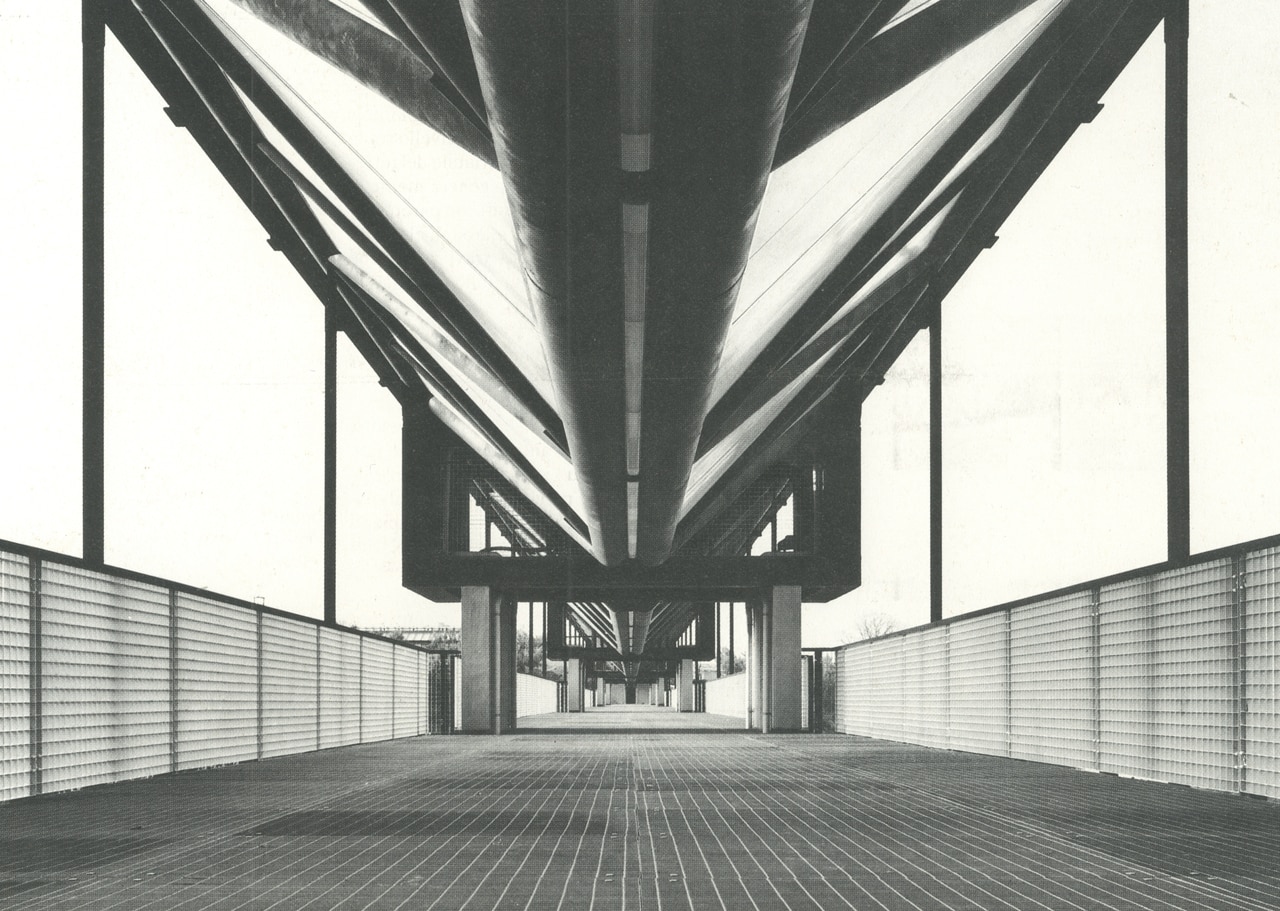
 View gallery
View gallery
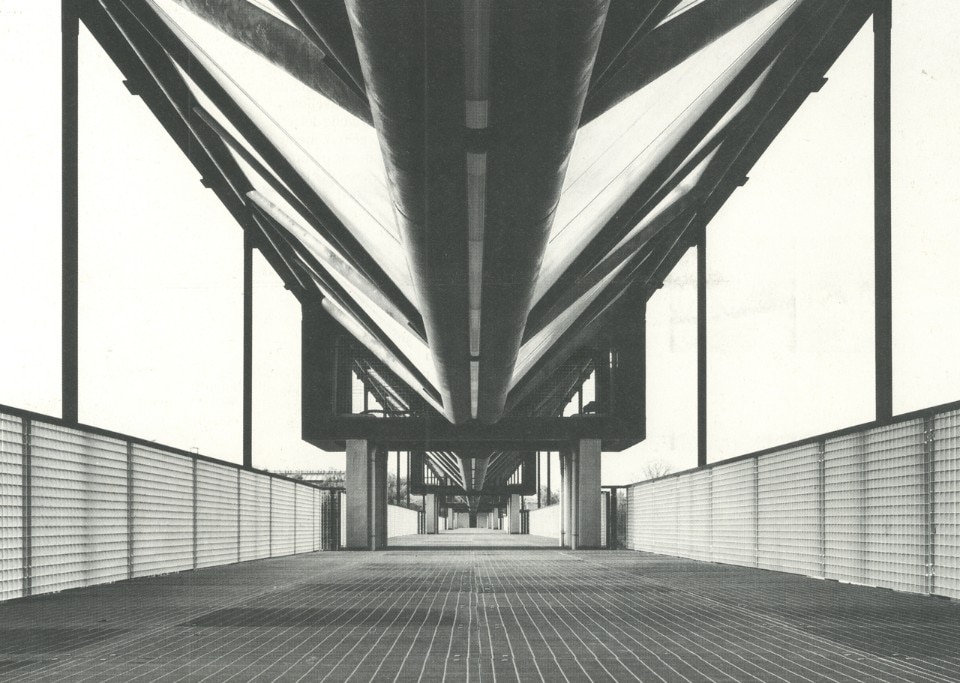
University of Calabria in Cosenza by Gregotti Associati, 1974. From Domus issue 673, June 1986
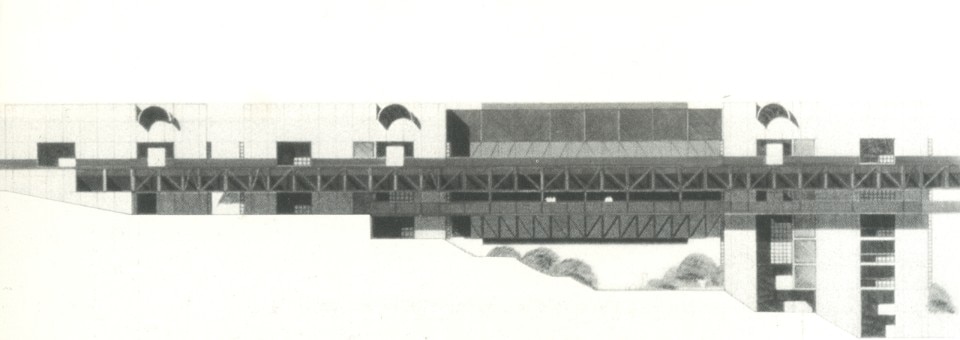
University of Calabria in Cosenza by Gregotti Associati, 1974. From Domus issue 673, June 1986
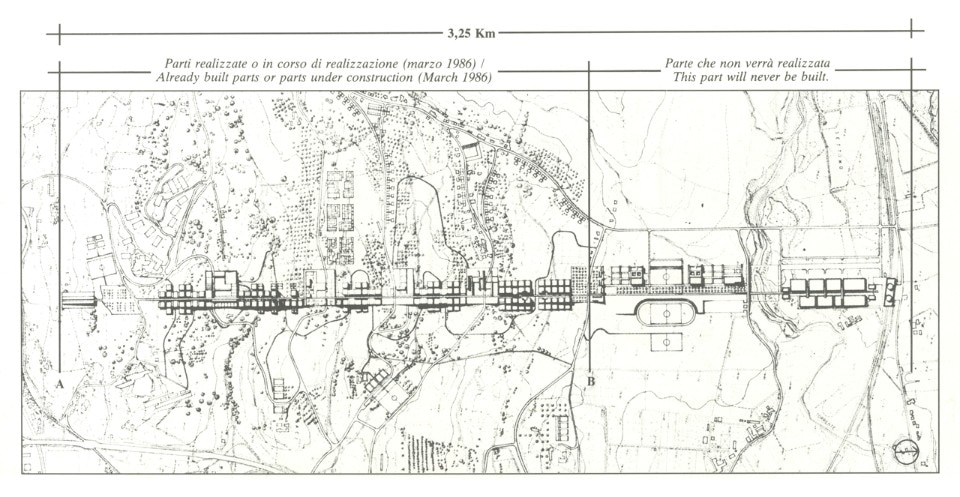
University of Calabria in Cosenza by Gregotti Associati, 1974. From Domus issue 673, June 1986
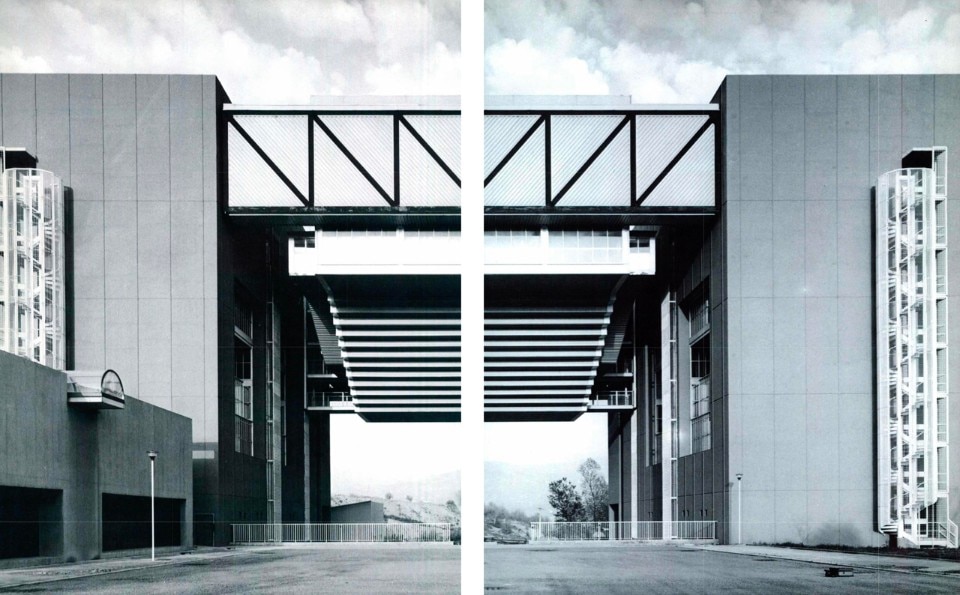
University of Calabria in Cosenza by Gregotti Associati, 1974. From Domus issue 673, June 1986
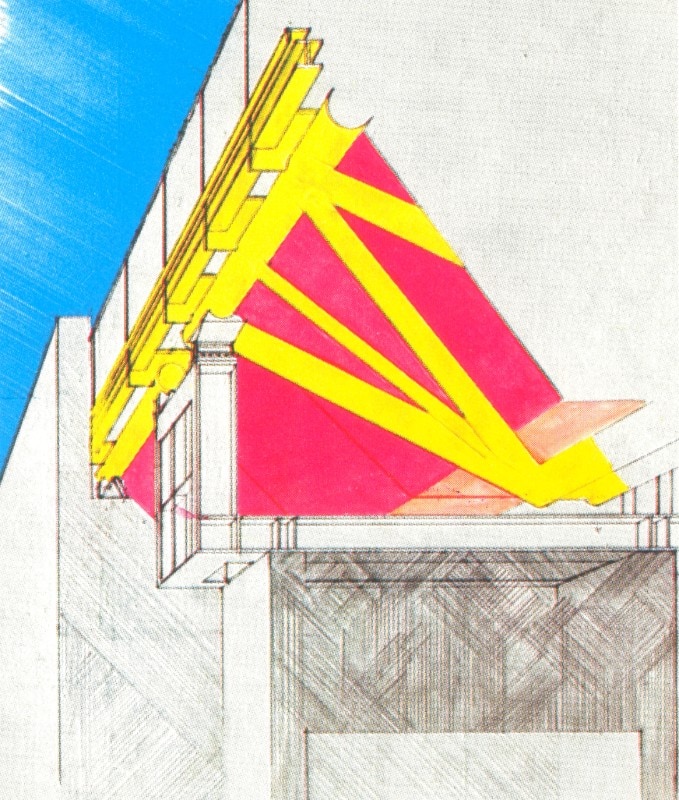
University of Calabria in Cosenza by Gregotti Associati, 1974. From Domus issue 673, June 1986
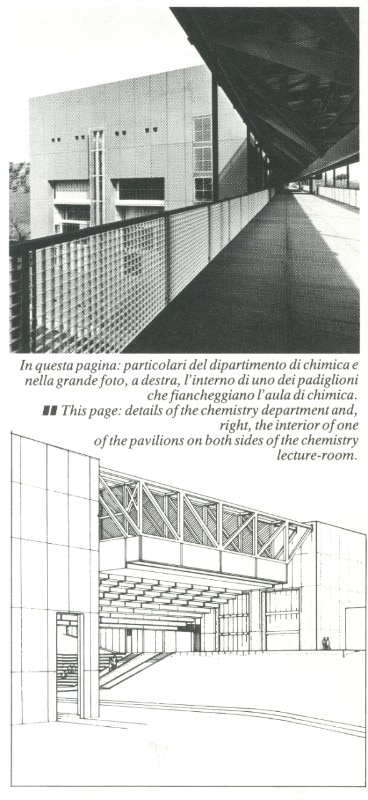
University of Calabria in Cosenza by Gregotti Associati, 1974. From Domus issue 673, June 1986
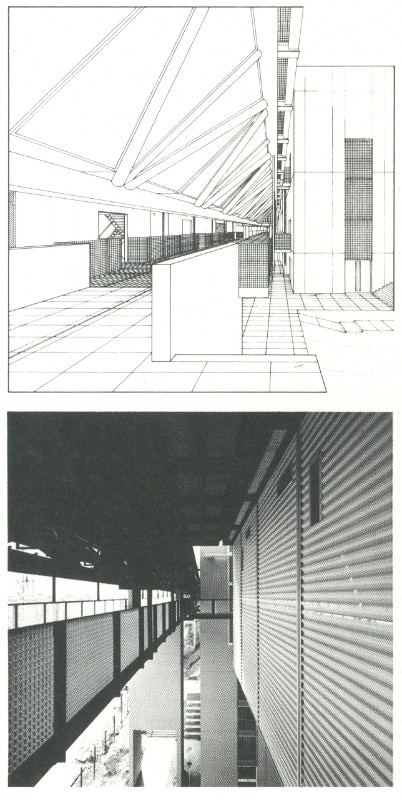
University of Calabria in Cosenza by Gregotti Associati, 1974. From Domus issue 673, June 1986
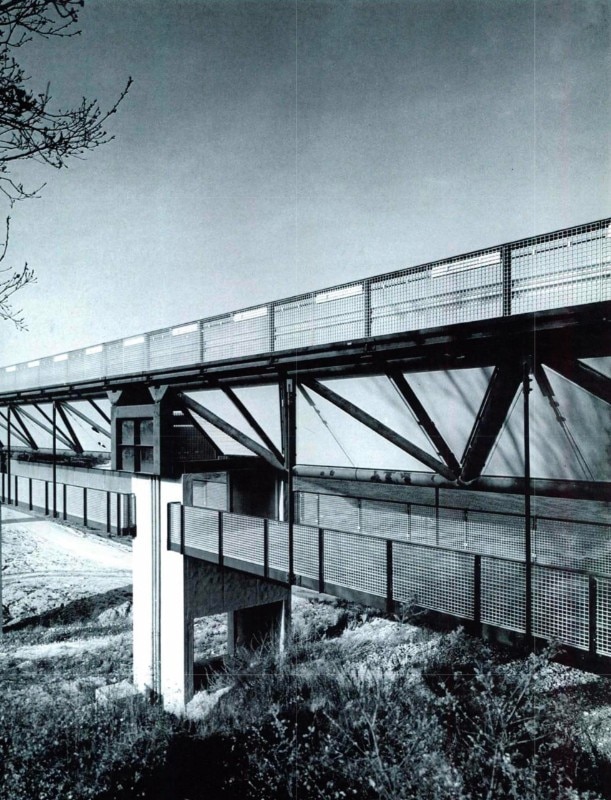
University of Calabria in Cosenza by Gregotti Associati, 1974. From Domus issue 673, June 1986
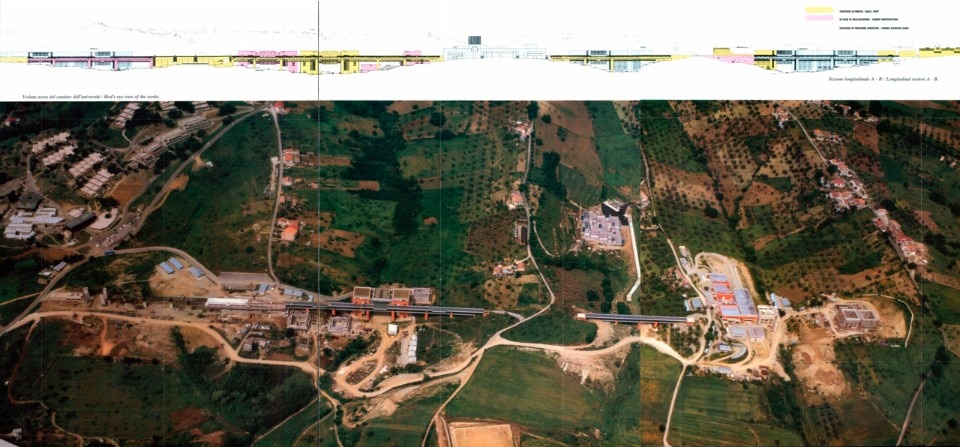
University of Calabria in Cosenza by Gregotti Associati, 1974. From Domus issue 673, June 1986

University of Calabria in Cosenza by Gregotti Associati, 1974. From Domus issue 673, June 1986

University of Calabria in Cosenza by Gregotti Associati, 1974. From Domus issue 673, June 1986

University of Calabria in Cosenza by Gregotti Associati, 1974. From Domus issue 673, June 1986

University of Calabria in Cosenza by Gregotti Associati, 1974. From Domus issue 673, June 1986

University of Calabria in Cosenza by Gregotti Associati, 1974. From Domus issue 673, June 1986

University of Calabria in Cosenza by Gregotti Associati, 1974. From Domus issue 673, June 1986

University of Calabria in Cosenza by Gregotti Associati, 1974. From Domus issue 673, June 1986

University of Calabria in Cosenza by Gregotti Associati, 1974. From Domus issue 673, June 1986



